
This content is protected against AI scraping.
“How do I edit my novel?”
I see this question popping up a lot on writer forums. It especially comes up with winners of NaNoWriMo (National Novel Writing Month) and people who have completed their first rough draft. I think there are tons of resources out there about how to write a novel, but there’s less advice about editing.
This is the first in a 7-part series about how to rewrite, revise, and edit step by step. There are probably hundreds of valid ways to do this, and what’s right for one author or one book won’t be right for another. I’ll just share what works for me.
One thing that most writers agree on is that one should start with the big issues in the book and save the fine tuning for last. There’s no point to rewriting every sentence to be perfect in your first round of edits, because you might cut some of those sentences entirely. Besides, it’s too difficult to address everything at once. My main strategy is to focus on one issue at a time.
You might be wondering whether you get feedback from beta readers before or after you edit your novel. I usually try to take care of all of the problems with the story that I can, and then I give it to my beta readers, who point out more issues. Once I’ve taken care of those, I fix the prose.
A good place to start with editing is defining your character arcs.
“Character arc” refers to the way a character grows and changes throughout the story. It may include lessons that they learn. One of the big pleasures of fiction reading is seeing how the characters develop. A shy person might become a boss, a cantankerous person might become an affectionate mentor, or a bright, ambitious young person may become a villain.
Your main characters should have arcs. Your secondary characters might, or they might not. By the time you finish a draft, you might already know what the character arcs are, or you may have buried them in your manuscript without being completely conscious of them.
I recommend writing out a few sentences for each character’s arc. (This is a good exercise for the middle of the draft, too.) Here are a few examples of what that might look like:
Aisha is new at the moon colony, and at first she feels out of place and scornful of the colonists’ ways. Gradually, she becomes more comfortable with their culture and makes close friends. By the end of the story, she’s willing to sacrifice everything to save her fellow colonists.
Matthew’s partner dumped him after ten years, leaving him feeling defeated and unsure of himself. Through his volunteer work at the animal shelter and the eccentric new friends he makes there, he finds his confidence again and gains the courage to pursue a new relationship.
[AdSense-B]
Once you have your character arcs written out, you want to read through your whole draft and highlight places where the character arc is coming through. You can use a different color highlighter pen for each character arc.
Now, ask yourself some questions:
Are there ways to better establish your characters at the beginning?
Should you put more emphasis on how much they have changed by the end?
Are there a few turning points along the way where you can focus a little more how they are growing and changing? Is there anything you need to cut or explain further, because it contradicts the overall progress of the character?
Depending on where your draft is at, this may take a small amount of rewriting, or it may involve adding paragraphs or even an extra scene or two. If it’s the latter, don’t be intimidated. I find that a lot of rework goes faster than I think it will once I dive into it.
Do you usually know your character arc when you begin writing, or do you figure it out over the course of writing the first draft? Do you have some advice on writing character arcs? Let us know in the comments!
And if you don’t want to miss the rest of the series, make sure you’re following the blog, if you aren’t already — there’s a place to sign up on the lefthand side of the page. Thanks for reading, and have a great week!

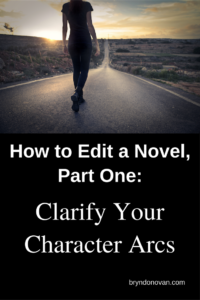
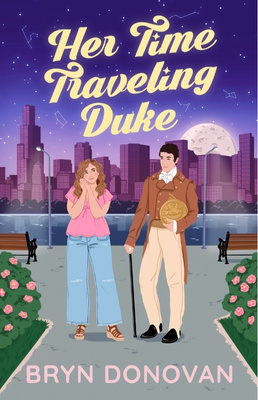
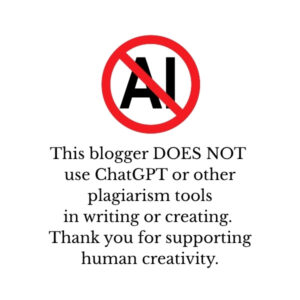
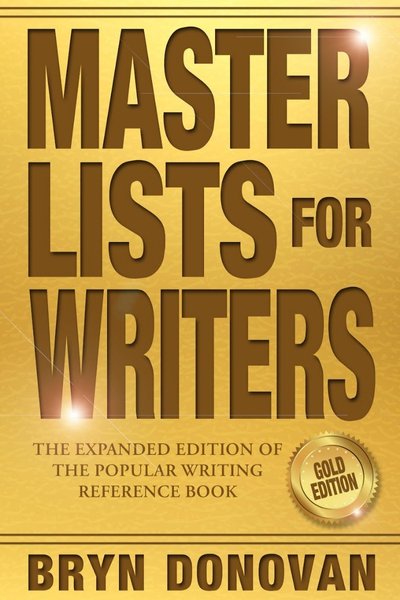
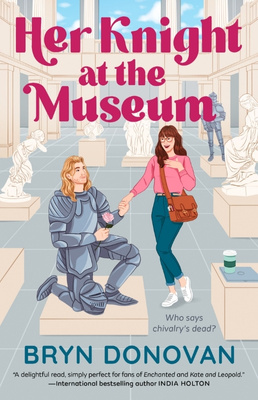
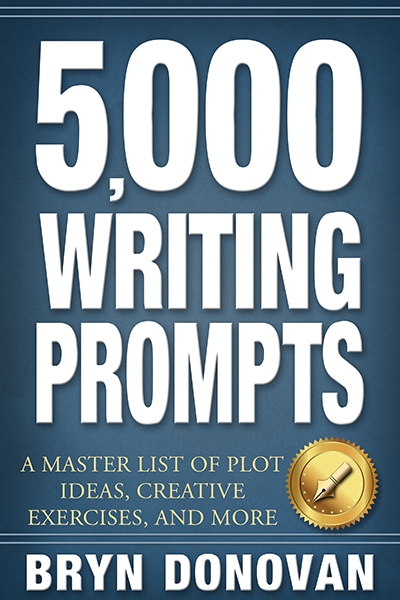
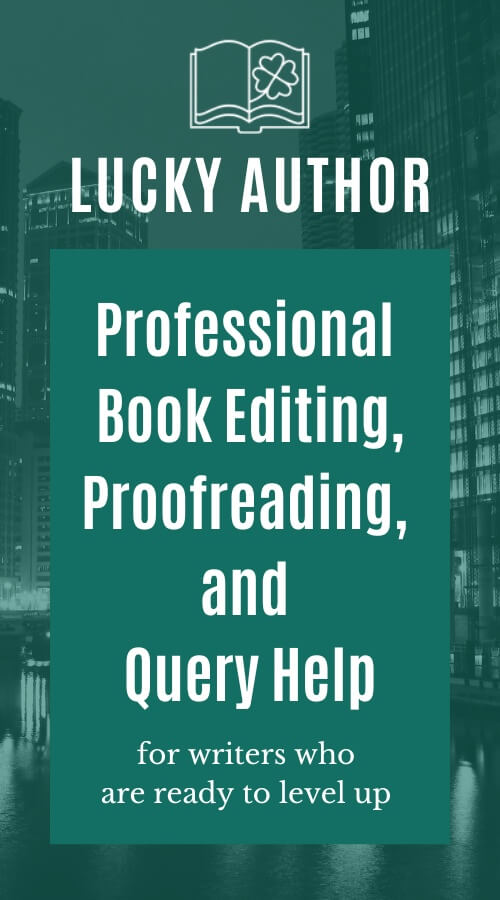
This is good. I’m in the throes of this now. (I need a nap).
I often need naps when I’m editing. 🙂
Thanks, Bryn. Looking forward to this series.
Thanks, hon!
This is really helpful. Working on a trilogy I’ve made it to rewrites on the third book (that I first wrote two years ago) only to find so many changes in details I’m getting bogged down. This is right on target for what I’ve needed. I’m looking forward to the rest of your posts.
Hi, Earl! I hope it’s helpful, even though I know every project is different. Thanks for commenting!
This is great. Advice I can really use. I hope to see an upcoming post about plot, I’m really weak in that area and would welcome any help!
It took me forever to learn how to plot… I’m still learning! The post coming up on pacing might help, but we’ll see. Thanks for the kind words, Rachel. And for reading, as always. 🙂
Thanks, Bryn, for sharing this. I have read quite a few articles on the subject, but since you are doing it from a writer’s POV, and going more in-depth, I think this will be a keeper! Love your blog!
Hey, M. Lee, thank you so much! I hope you like the rest of it. Thanks for reading.
Love this and I look forward to the following articles in the series. Here’s a silly question: In this context, what does arc stand for? I understand the meaning you’re using it in but I know it as advance reander’s copy.
Hi, KC! Yeah, that’s a little confusing. Like you say, an ARC can be an advance reading copy (or advance review copy). A character arc just refers to the journey a character makes… the way they change and develop over the course of the story, and the lessons they learn.
Thanks for reading — nice to see you!
As someone who is writing there first novel, I cannot tell you how helpful this is. I haven’t even finished my rough draft, but I already know there are a lot of changes to be made. I’ve grown a lot as a writer while I’ve been working on this story. The thought of editing it is utterly terrifying. This first post is already giving me an idea for my plan of attack. Thank you so much for saving my hide once again. You rock!
Hi, Erin! I am so glad to hear you think it will be helpful. Editing is my favorite part, but I know a lot of people don’t feel that way… and I know it can be daunting! I hope your novel writing and editing go great!
Very clear direction on editing. Thanks Bryn! And, yes, I usually despise editing. It’s one of my weaknesses (and there are many).
I’m editing a short story but I’m going to follow these steps. I think it should be a similar idea! Thanks 🙂